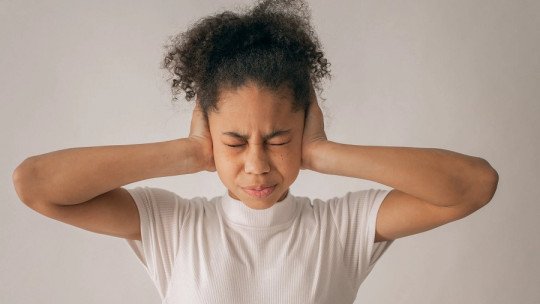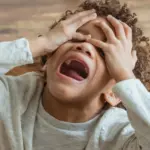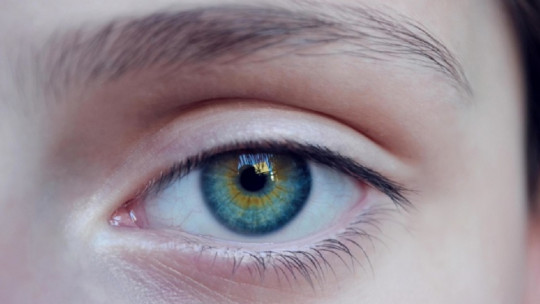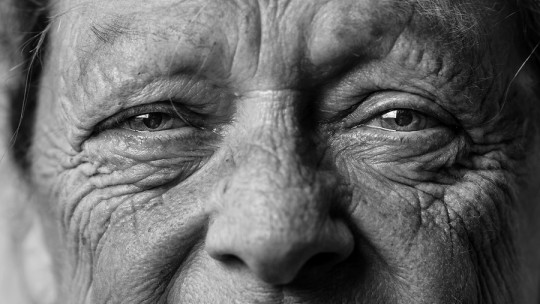While in the adult population mood disorders and anxiety disorders dispute the first position in terms of the most common psychopathologies in Western countries, if we focus on children and adolescents it is clear that the latter are significantly more common. In other words, anxiety problems constitute the mental health problem par excellence during the first stages of life.
Now, to offer children the support they need in the face of this type of psychological alterations, it is important that fathers and mothers are able to recognize at least the most common anxiety disorders during childhood and adolescence. Therefore, here I will summarize their characteristics and the warning signs associated with each of them.
These are the most common anxiety disorders in children and adolescents
It is known that at such an early stage of development, The fact of suffering from anxiety-type psychopathology has a high probability of leaving consequences if it is not treated. And to this we must add that minors experience anxiety in a different way from the way a psychologically mature person does, so sometimes parents have problems distinguishing between an anxiety disorder and your son or daughter, on the one hand, and a normal childhood fear, on the other.
Therefore, it is important to know well what the most common anxiety disorders are during childhood and adolescence, to quickly detect their symptoms and go to therapy as soon as possible. That said, let’s look at the most important diagnostic categories in this age group.
1. Specific phobias
Except for agoraphobia, the rest of the phobic disorders are relatively common among children. In the case of specific phobias, these affect around 9% of them.
What characterizes this group of psychopathologies is the activation of a strong anxious reaction to a stimulus coming from a harmless element : a spider, a dove, a plane, etc. Whoever has developed a specific phobia experiences these symptoms above all when facing what they have developed that irrational fear of:
2. Social phobia
Around 7% of children and adolescents develop social phobia. This can be understood as an extreme version of shyness : the person fears being made a fool of by others or earning their rejection by making any mistake without realizing it, so they try to avoid at all costs interacting with unknown or semi-unknown people. The symptoms of phobic stimuli are the same as those of specific phobias.
3. Separation anxiety disorder
This psychopathology is developed by between 3 and 8% of children and adolescents; Now, if we focus only on children who have not begun the process of adolescence, this could be the most common anxiety disorder among them.
As its name indicates, it consists of a burst of anxiety that appears when you do not have access to the protective figure of reference , usually the father or mother. It is especially problematic when dropping children off at school. Its main symptoms are:
Separation anxiety disorder should not be confused with selective mutism; This is another anxiety disorder that, although it is more common among minors than in adults, is also relatively uncommon during childhood and adolescence, since it affects less than 1% of children.
How is the treatment of these anxiety disorders in minors?
The foundations of therapy for anxiety disorders in children and adolescents are based on the same basis as professional help for adults, although taking into account that the risk of side effects of certain psychotropic drugs (such as anxiolytics) changes depending on the age of the patient, and that psychotherapy sessions cannot be based so much on long conversations about very abstract concepts.
In any case, Psychologists use therapeutic strategies such as systematic desensitization or controlled exposure to help the little ones face their fear, adjusting the level of difficulty so that they are not overwhelmed by the situation from the first attempt, and in the case of young children, using auxiliary elements such as toys or stories to create a narrative thread that structures the entire session. Of course, communication and collaboration with parents is essential, and that is why they are given information about what they can do to help at home.









